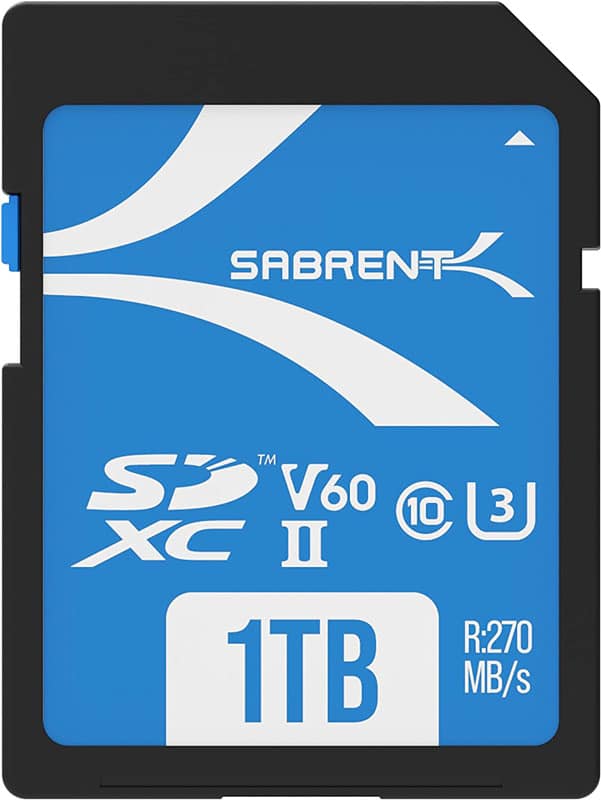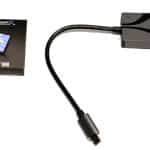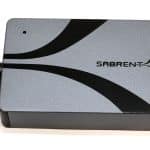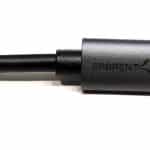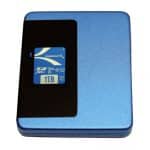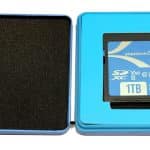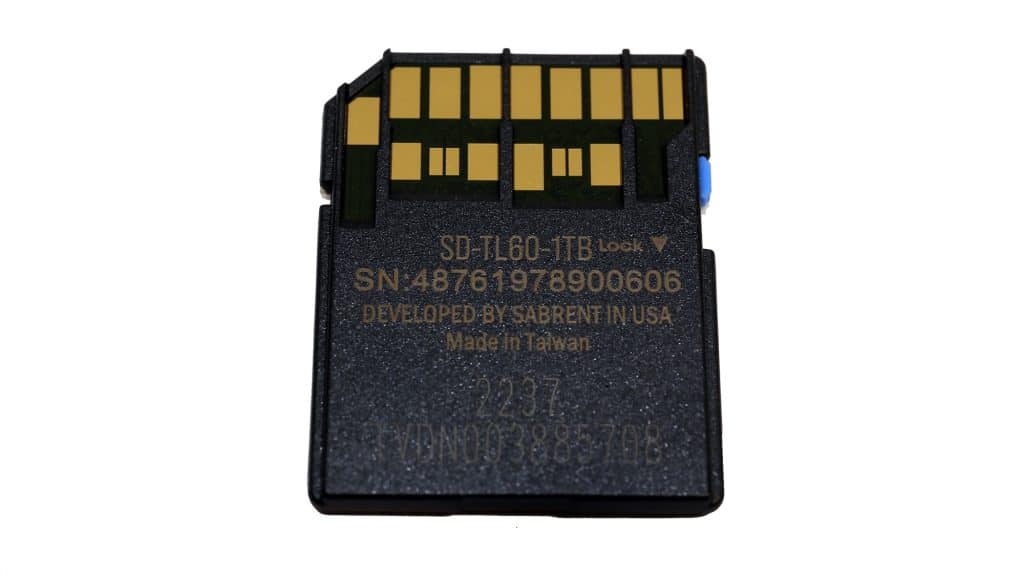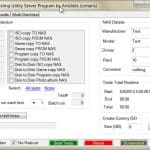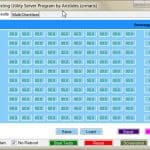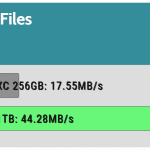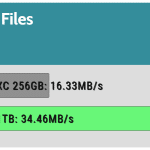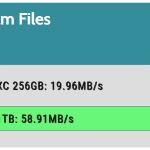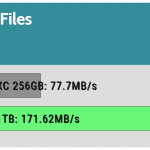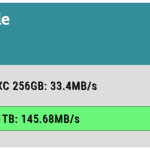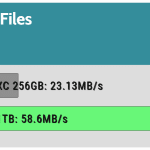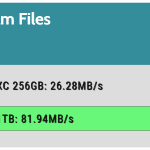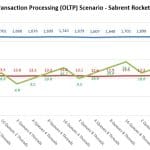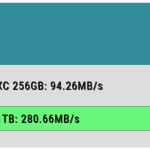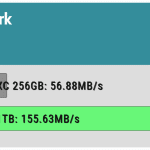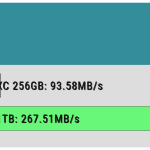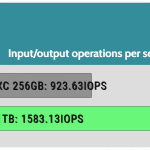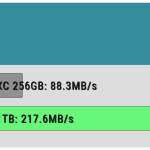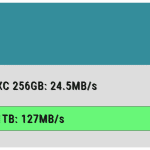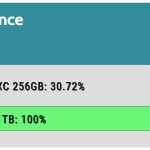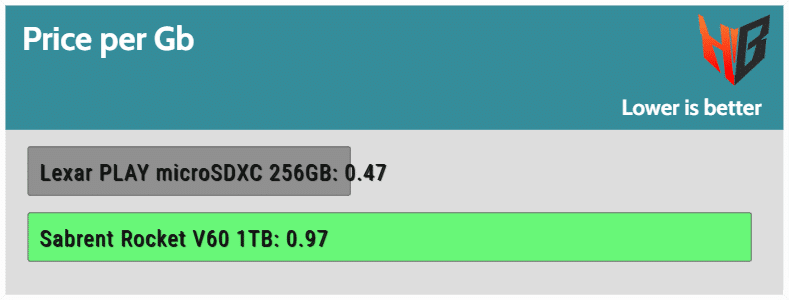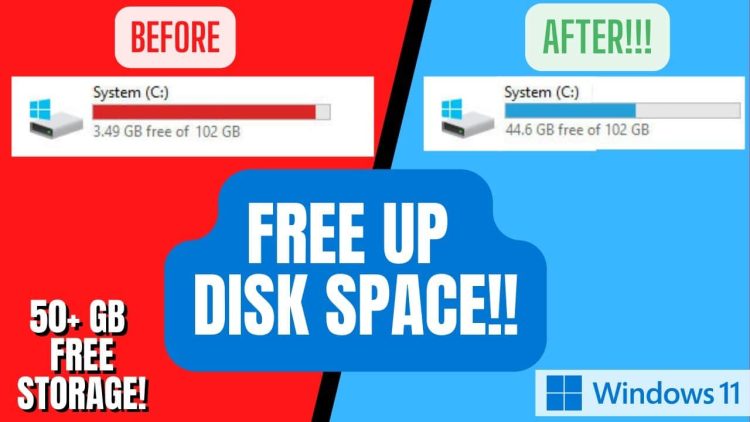Should you need an SD memory card for 8K or high FPS 4K video recording, you should include the Sabrent Rocket V60 with 1TB capacity in your list. With 270 and 170 MBps sequential reads and writes, respectively, it is fast enough to meet excess demands. If you need even higher speeds, you should invest more on a CFexpress card.
This is my first storage review for my site, and I cannot hide my excitement. I used to handle SSD and external storage reviews a few years ago, but as the workload increased in other categories, I had to take a long break. Although I am still under a heavy load, especially with the upcoming move of the lab to a new country, I will still try to offer more content in the always interesting storage category. The problem with storage devices is that you always need to upgrade and invest in larger-capacity ones.
Sabrent has various products, including storage, memory, hubs, chargers, cables, and accessories. So far, every Sabrent product I reviewed is of high quality, justifying its price fully. I expect the same from the Rocket V60 SD card, which promises fast read and write speeds (270 and 170 MBps). Thanks to a new controller and 112-Layer BiCS5 TLC NAND flash memory, which stores three bits of data per cell, Sabrent states that the Rocket V60 is reliable, besides ultra-fast.
- Brand: Sabrent
- Review SKU: SD-TL60-1TB
- Available Capacities: 128/256/512GB and 1TB
- Flash: 112-Layer TLC
- SD card form factor: Full size
- Read/Write (IOPS): 1500/500
- Read/Write Speeds (MBPs): 270/170
- Capacity after format: 931GB
- Warranty: One year (extended to three with registration)
- Price at time of review: $269
Box & Bundle
Besides the SD card, Sabrent was kind enough to send me its new dual-slot card reader to use in my tests. This reader supports SD and microSD cards and, thanks to the USB 3.2 Gen1 Type-C connector, can fully utilize the speeds that the Rocket V60 supports.
The Rocket V60 comes in a metallic case, which looks exquisite! Usually, SD cards come in plastic cases, but this one is unique and expensive, so it had to use something eye-catch, which at the same time provides better protection.
The write-protect switch will come in handy if you use it to store sensitive information which you don’t want to erase accidentally.
Test System
| Test System Specs | ||||
| Mainboard | ASUS Prime Z690-A Bios Version 0702 (10/22/2021) |
|||
| CPU | Intel® Core™ i9-12900KF (all cores @ 5 GHz ) |
|||
| GPU | Asus Rog Strix RTX 4090 OC Edition | |||
| SSD | XPG SX8200 Pro 2 TB NVMe | |||
| RAM | Corsair Vengeance LPX DDR5 32GB (2 x 16GB) 5200MHz | |||
| Power Supply | Corsair AX1000 (Cybenetics Titanium) |
|||
| Case | DimasTech Bench | |||
| Ambient Temperature | 23°C ±3°C | |||
I use a powerful test system to have zero bottlenecks.
Real-Life Testing
I use a custom-made application named Pegasus to simulate ten different real-life data transfer tests and measure the average MB/s speed for each. The disk cache is flushed between tests, and each test runs multiple times, with reboots between each cycle. I use the average as the final result.
Synthetic Testing
Besides my benchmark, I use Crystal Disk Mark, AS SSD, and HD Tune Pro.
I also use DiskSpd by Microsoft, a highly flexible storage test tool capable of accurately simulating different workloads. I wrote two advanced scripts, one that simulates an On-line Transaction Processing (OLTP) system and another that simulates an On-line Analytical Processing (OLAP) system. The OLTP scenario consists of many short transactions, with IOPS (Input/Output Operations Per Second) playing a pivotal role. The number of transactions is low in my OLAP scenario, but the queries can be very complex. Response times are crucial for an OLAP system, and the maximum throughput speed is reached in this scenario because the block size is quite large.
Real-Life Results Disk-to-Disk
Real-Life Results Reads
Real-Life Results Writes
DiskSPD OLTP & OLAP Graphs
Synthetic Benchmark Results
Read & Write Overall Performance
Overall Performance
Price Per GB
Epilogue
Hands down, the Sabrent Rocket V60 is the fastest and most expensive SD card I have ever evaluated. This SD card costs way more than a 1TB fast NVMe SSD, but it is also much smaller and for a different use, so practically, there is no comparison between these two products. If you are deep into photography or/and video and need a fast and large SD card, this is for you. You will pay top dollar to get it, but if you need 1TB capacity, you don’t have another choice but to empty your wallet. Thankfully, there are other lower-capacity Rocket V60 SD cards to cover the needs of users that don’t have extreme storage space needs.
For two reasons, I chose to compare the Rocket V60 with a much more affordable Lexar Play microSDXC that I had, with 1/4 the capacity. I wanted to show the difference between high-end flash storage and a mid-level one, and secondly, I didn’t have a higher capacity (and faster) SD to use for comparison. Depending on my available time, I will try to do more storage reviews in the future, so my database will grow larger.
Products like the Sabrent Rocket V60 remind me that I need to push my media designer to make some hwbusters rating badges, including an Editor’s Choice, which is suitable for this product.
- Up to 1TB capacities
- High overall performance
- Higher IOPS than the claimed
- 3-year warranty (with registration)
- Expensive (the 1TB model)
- It didn’t reach 170 MB/s write speeds in my tests
